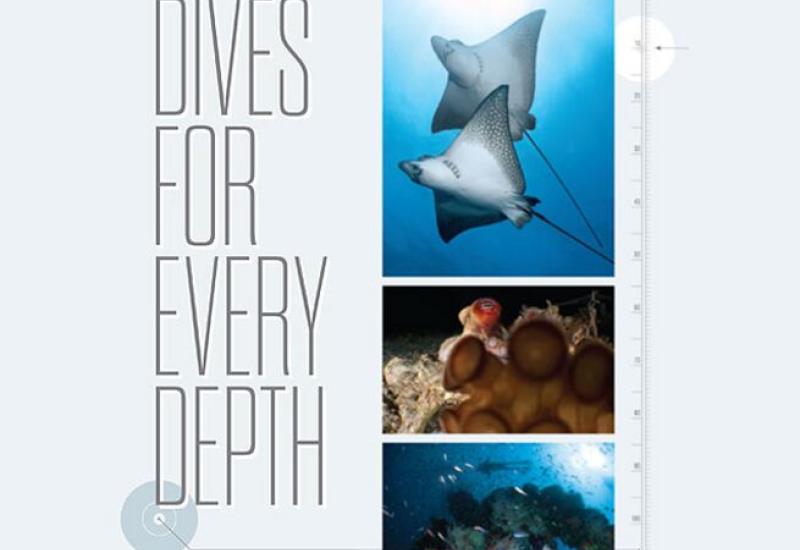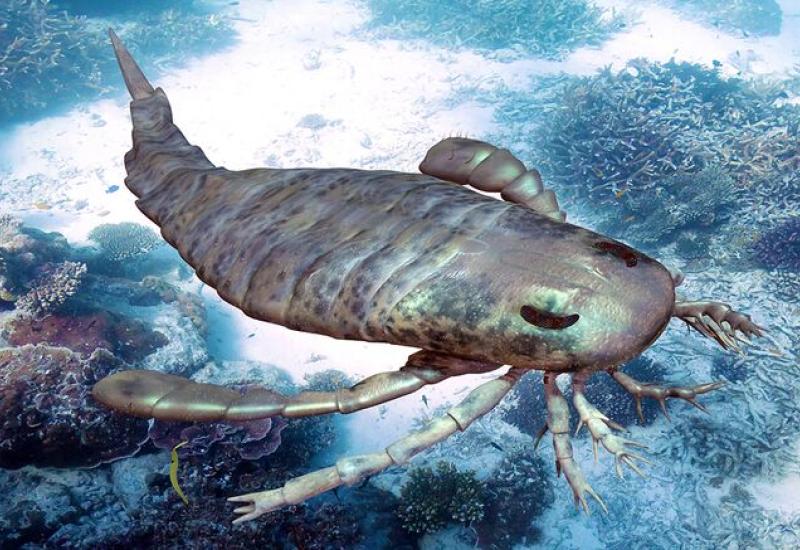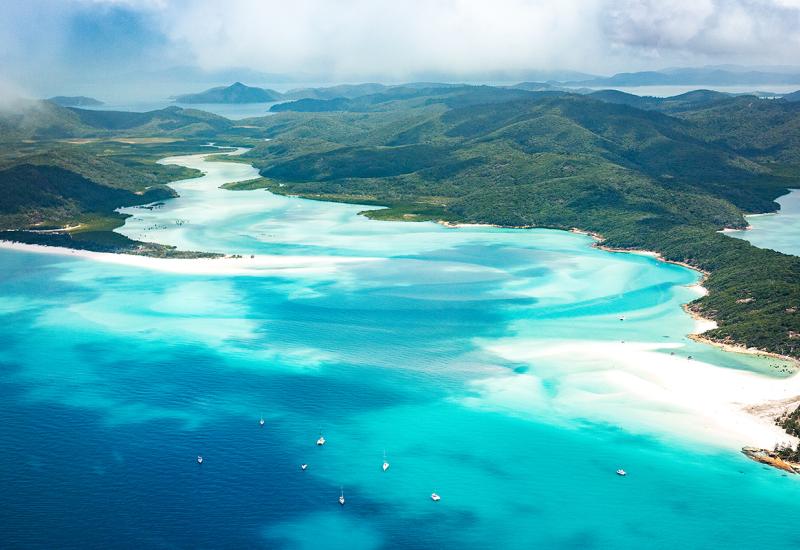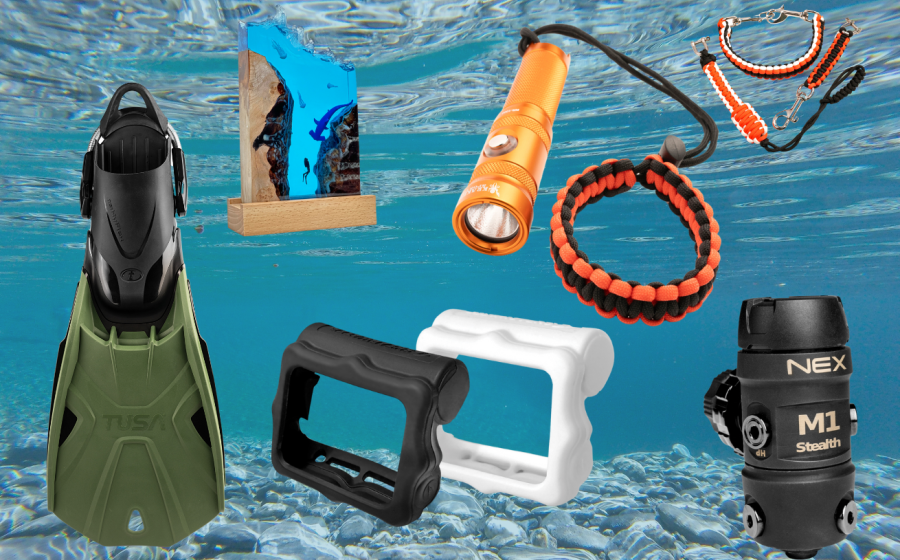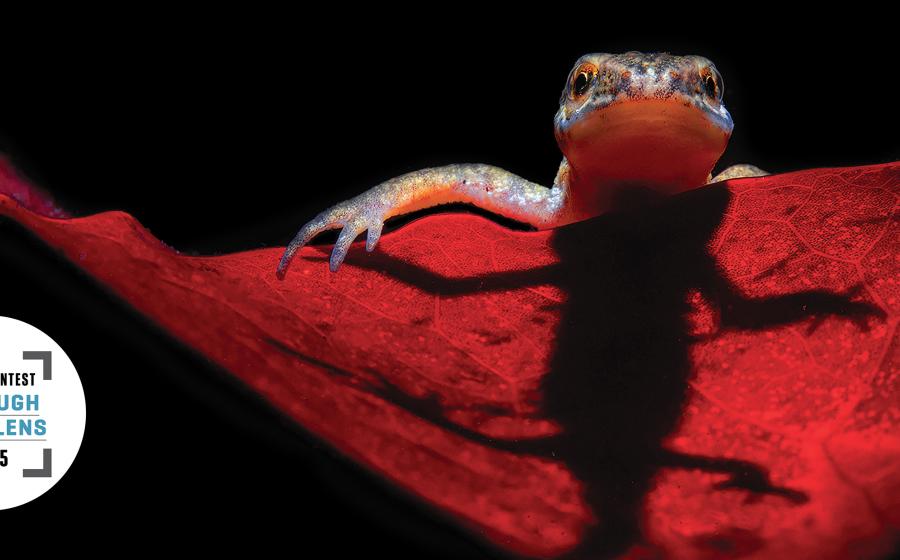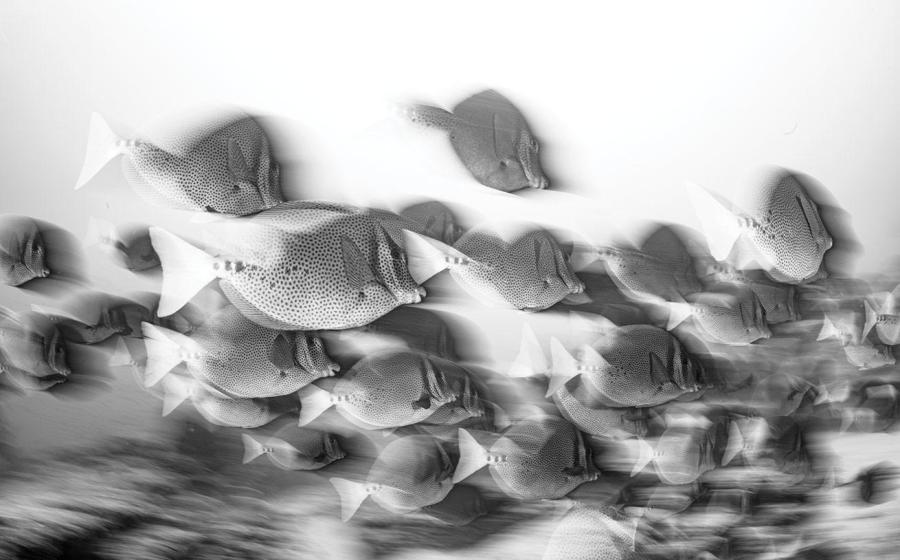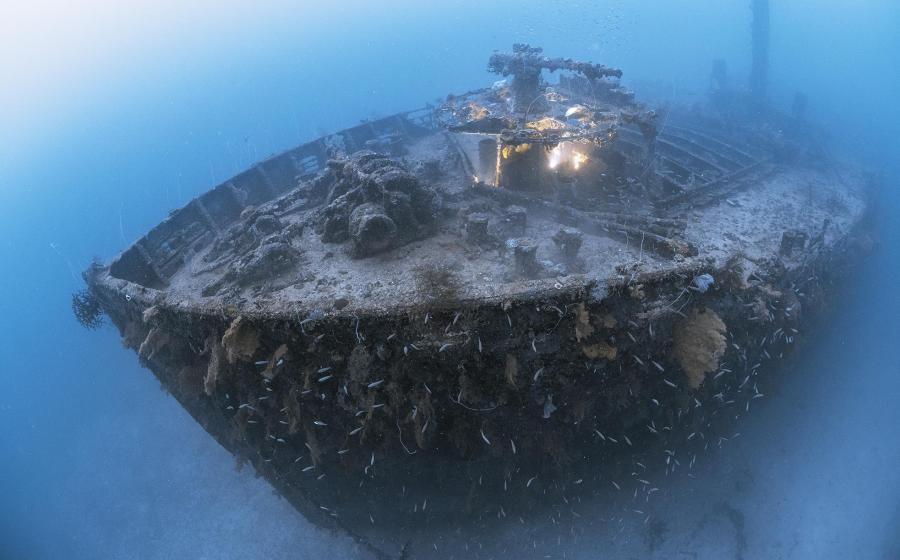Tahiti - A Sport Diver's Experience Beyond the Ordinary
Tahiti is legendary for its beautiful imagery - swaying palm trees reaching out over deserted white sand beaches; overwater bungalows nestled above deep blue lagoons; rugged peaks spouting spectacular waterfalls.
But to sport divers, the real beauty of Tahiti and Her Islands lies underwater, in Tahiti's beautiful lagoons, passes - and beyond.
Tahiti and Her Islands, also known as "Islands Beyond the Ordinary," covers over two million square miles in the South Pacific Ocean and is comprised of five great archipelagos with 118 islands. Only 7.5 hours from Los Angeles, Tahiti and Her Islands are spread over an area as large as Western Europe. The total land mass adds up to an area only slightly larger than the state of Rhode Island. The rest is ocean and lagoons, both teeming with a multitude of fish and coral reefs.
The five archipelagos of Tahiti are: the Society Islands, the Tuamotus, the Australs, the Gambier, and the Marquesas Islands. The most popular with divers are the Society Islands and the Tuamotus.
The Society Islands
The island of Tahiti has some of the best conditions for the beginner and is a good place to get certified, but it has a lot to offer experienced divers as well. Dive attractions on the island include a sunken inter-island schooner and a seaplane; a vertical cliff on the outer reef descending to infinity from a plateau 15 feet deep; small white-tip sharks; friendly moray eels; underwater fresh water springs; eagle rays; and nurse sharks. Popular sites include the "Aquarium," "Tahiti Wall," "Shark Cave," "Blue Infinity," and the "Blue Hole."
Moorea's pristine lagoons attract scuba divers from all over the world and averages 25,000 dives per year. Divers can see large lemon sharks, friendly Napoleon fish, black and white-tip sharks and moray eels. At last count, there were 13 recommended dive sites around the island, ranging from beginner to professional experience levels. The site known as "Le Tiki" offers wild shark-feeding, Napoleon fish, schools of hungry perches and lemon sharks measuring 8 to 10 feet long. The Toaoi Pass through the island's coral barrier reef offers drift diving among nurse sharks, leopard rays and schools of jackfish. At "Napoleon's Plateau" divers can see Napoleon fish up to 80 pounds. "Ray's Corridor" features various types of rays. "The Wreck," located inside the lagoon, offers anchors, chains, a gangway and a ship's hull spread over 82 feet. Other popular dive sites on Moorea include the "Shark Dining Room," "Blue Island," the "Bali Hai Wall," "Temae," "Atiha," the "Avamotu Pass," and the Taotaha Pass."
Perhaps the most famous island in the world, Bora Bora is well-known for its abundant marine life and world-class dives. Bora Bora's manta rays are often found swimming alone or in groups of up to 10. Numerous dive sites are located inside and outside the reef, offering a wide range of beautiful and exciting experiences. Popular dive sites close to Bora Bora's single pass, Teavanui, include "Manta's Reef," "Manta Ray Channel," "Manta Ray Pit" and "Eagle Ray Channel." "The Aquarium" is popular with sport divers, as is "Tapu Dive," "Muri Muri" "Tupitipiti Point," (arguably the best coral wall in all of Polynesia, with numerous caves) and "South Point Dive.
The Tuamotus
Rangiroa
The atoll of Rangiroa is perhaps one of the most popular dive spots in all of Tahiti and Her Islands. The largest atoll in the South Pacific, and the second largest atoll in the world, Rangiroa offers a gigantic lagoon 48 miles long and 16 miles wide with a depth up to 131 feet. Rangiroa's most famous diving spots are the two passes in the coral reef where the lagoon connects with the Pacific Ocean. The two passes, the Avatoru and Tiputa channels, create an in-and-out flow through the lagoon that results in the sensation of wall-to-wall fish of all types.
The incoming and outgoing current carries the clear water of the ocean to the lagoon, creating the right conditions for a drift dive among the schools of sharks, eagle rays, jackfish, tuna, barracuda, manta rays, turtles and dolphins. Popular dive sites in Rangiroa include: "Tiny Pass," offering colorful coral and a countless assortment of smaller reef fish and larger species; the "Avatoru Pass Caves"; "Mahuta," offering coral formations and a rich variety of both lagoon and ocean fish; the "Tiputa Caves," also known as the "Shark Caves" or "Shark Point," for obvious reasons.
Manihi, Tikehau, Fakarava Thriving in the shadows of sister atoll Rangiroa are three other popular dive destinations in the Tuamotus - Manihi, Tikehau and Fakarava. Less crowded and more off the beaten path than the other spots mentioned here, Manihi, Tikehau and Fakarave offer pristine diving and professionally-staffed dive centers visiting relatively untouched dive locations populate with scores of colorful fish. A designated UNESCO reserve, Fakarava offers perhaps the newest, and most unexplored, sport diving opportunities in all of Tahiti and Her Islands.
Dive Operators There are many PADI-certified dive operators throughout Tahiti and Her Islands. In addition to the land-based dive operators, Aggressor Fleet operates an 18 passenger live-aboard which visits the islands of Rangiroa, Kaukara, Fakarava, Toau and Apataki.
For more information regarding the many dive centers in Tahiti and Her Islands, visit Tahiti Tourisme North America's Web site at www.tahiti-tourisme.com. Click on the "links" button from the home page.

